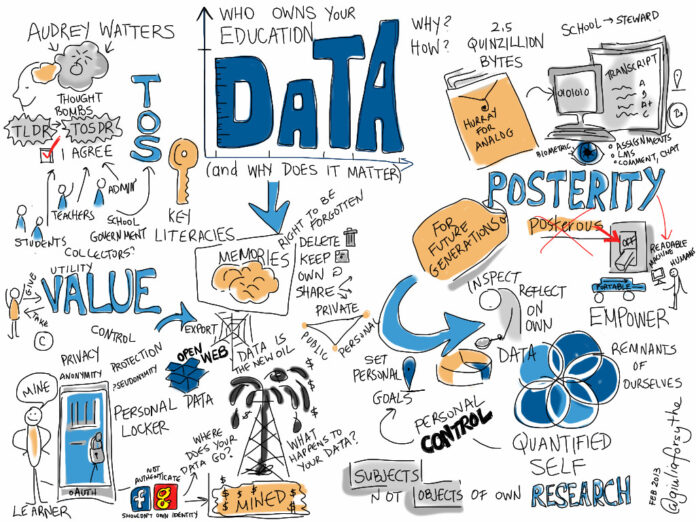In today’s data-driven society, having the ability to comprehend and utilize data has become essential. Businesses across various sectors acknowledge the importance of providing their staff with the necessary expertise to comprehend, interpret, and convey information effectively. Nonetheless, selecting the optimal training techniques for data literacy can be overwhelming. This article delves into the key considerations that organizations should ponder when determining the most suitable training methods for data literacy. By comprehending these factors, organizations can make well-informed choices and establish comprehensive training programs that empower their employees.
Assessing Learning Objectives And Goals
Before selecting training methods for data literacy, organizations need to define their learning objectives and goals. This involves identifying what specific skills, knowledge, and competencies they want their employees to acquire through the training program. For example, do they need a basic understanding of data analysis or advanced skills in data visualization? Organizations can align their training methods by clearly defining the learning objectives.
Understanding Employee Profiles And Preferences
When choosing data literacy training methods, organizations should consider employees’ diverse profiles and preferences. Job roles, educational backgrounds, and previous data literacy experience can influence the most effective training approach. Some employees prefer hands-on workshops, while others benefit from online courses or self-paced learning modules. Conducting surveys or interviews to gauge employee preferences can help tailor the training methods to their needs.
Available Resources And Infrastructure
The availability of resources and infrastructure within the organization is another crucial factor to consider. Training methods like classroom-based sessions, workshops, or instructor-led online courses may require specific equipment, software, or facilities. Organizations should assess their technological capabilities and budget constraints to determine which training methods are feasible and sustainable in the long run.
Blended Learning Approaches
Blended learning, which combines different training methods, can be an effective approach to data literacy training. Incorporating the advantages of online and in-person instruction provides the opportunity for adaptable and individualized learning encounters. Organizations can leverage e-learning platforms, virtual classrooms, workshops, mentoring programs, and on-the-job training to provide a holistic and engaging learning environment.
Continuous Learning And Reinforcement
Continual learning and reinforcement are necessary for the ongoing development of data literacy. Organizations should consider training methods that facilitate long-term knowledge retention and skill development. This can be achieved through periodic assessments, quizzes, refresher courses, and access to learning resources such as online libraries, forums, and communities. Reinforcement of learning through practical projects and real-world applications can also enhance data literacy skills.
Measuring Training Effectiveness
Organizations should establish mechanisms to measure the effectiveness of different training methods to ensure the success of data literacy training. This can be done through pre-and post-training assessments, surveys, feedback sessions, and tracking the application of learned skills in real-world scenarios. Regular evaluation allows organizations to identify strengths and areas for improvement, enabling them to refine their training programs over time.
Conclusion
Choosing the right training methods for data literacy is a critical decision that organizations must make to empower their workforce and enhance data-driven decision-making. Organizations can design comprehensive and effective data literacy training programs by considering learning objectives, employee profiles, available resources, blended learning approaches, continuous learning, and measurement of training effectiveness. Investing in the right training methods equips employees with the necessary skills and contributes to organizational growth, innovation, and competitive advantage in today’s data-centric world.
















